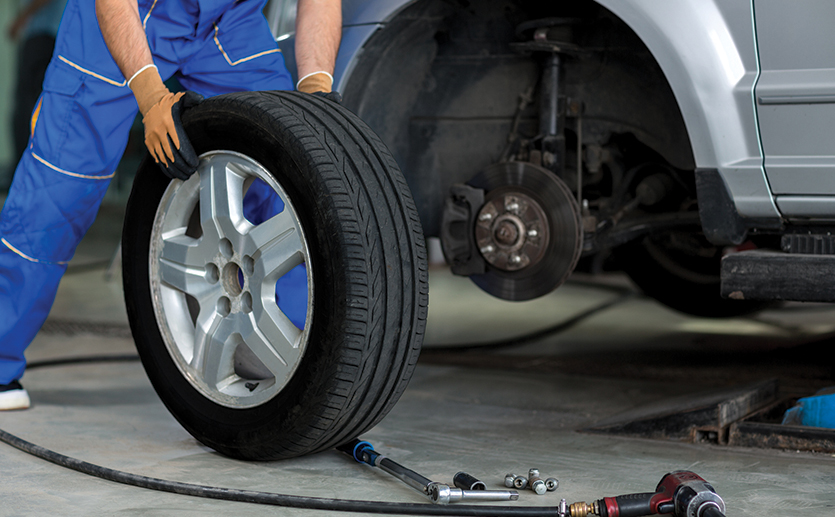Obtain Road-Ready with Professional GMC Tires Service at Morris Tires
Obtain Road-Ready with Professional GMC Tires Service at Morris Tires
Blog Article
Tire Service: The Influence of Weather Condition Conditions
When it involves ensuring optimum performance and safety and security when driving, recognizing the influence of weather on tire solution is critical. From scorching warmth to icy roads, each weather component can substantially influence tire capability and overall driving experience. By diving right into the results of varying climate condition on tires, motorists can gain valuable insights that may boost their automobile's performance and longevity. In this conversation, we will explore the complex partnership between weather and tire solution, losing light on the significance of weather-specific tire maintenance techniques and factors to consider.
Warm and Tire Performance
When subjected to heats, tires experience changes in performance that can considerably influence vehicle security and handling. The heat produced from prolonged driving or hot weather condition problems causes the tire rubber to soften, resulting in reduced step life and increased wear. As the rubber becomes softer, the tire's hold when traveling lessens, affecting stopping distances and total grip. In extreme cases, too much warmth can also cause tire blowouts, posturing a severe safety risk to the vehicle and its passengers.

Winter Results
Cold weather conditions can have a considerable impact on tire performance and safety and security. In cold weather, tires might also shed air pressure more quickly, which can impact dealing with and fuel efficiency.
To mitigate the impacts of winter on tires, it is essential to regularly inspect tire pressure and inflate them to the maker's recommended degrees. Using wintertime or all-season tires created for winter problems can additionally enhance grip and grasp on icy or snowy roadways. Correct tire maintenance, consisting of regular examinations for wear and damages, comes to be much more vital throughout colder months to guarantee optimum efficiency and safety and security.
Rainy Issues Impact
Tires with damaged treads are extra vulnerable to hydroplaning, where a layer of water constructs up between the tire and the roadway surface area, leading to loss of traction. To combat this, drivers ought to consistently check their tires for adequate tread deepness and consider spending in tires specifically developed for wet problems.
In addition, rainy climate can additionally decrease presence, making it challenging for drivers to see the road in advance plainly (GMC Tire Service). In such conditions, it is important to change driving speeds as necessary and preserve a safe complying with distance to permit abrupt stops. Correctly filled with air tires can also assist in maintaining control on wet roads by providing much better handling and grasp
Snow and Tire Security
When driving in snowy conditions, having the right tires can make a considerable distinction in safety and security and performance. Winter season tires are created with unique rubber substances and walk patterns to give much better grip on snow and ice compared to all-season tires.

It is crucial to comply with maker instructions when using and mounting tire chains to prevent damages to the tires and car. By picking the right tires, maintaining correct inflation, and additional resources thinking about extra grip aids like tire chains, vehicle drivers can improve their security when browsing snow-covered roadways.
Weather-Related Tire Upkeep
Weather-related tire upkeep encompasses a range of techniques intended at guaranteeing optimum webpage tire function and long life in different weather circumstances. One key facet of weather-related tire upkeep is tire pressure guideline. Evaluating tire walk routinely and replacing tires when step wear gets to a specific depth is essential for maintaining traction and stability in adverse weather condition.
Conclusion
In conclusion, weather conditions have a considerable effect on tire efficiency and security. From warmth affecting tire pressure and use to chilly weather condition lowering traction, it is vital to consider the climate when maintaining and utilizing tires.
In this conversation, we will discover the detailed partnership between weather condition conditions and tire service, losing light on the relevance of weather-specific tire maintenance techniques and factors to consider.

Report this page